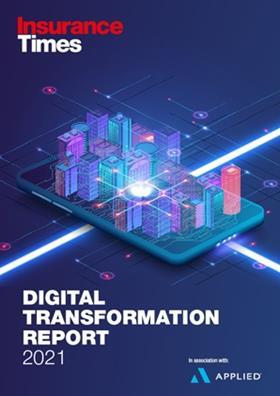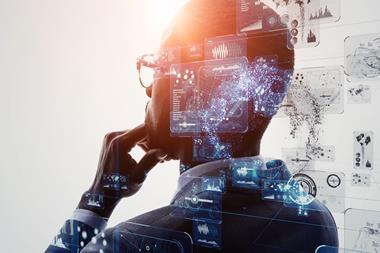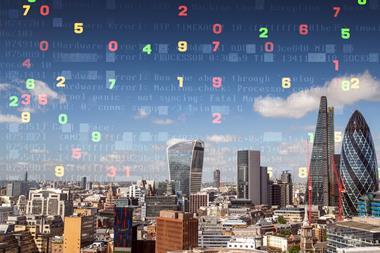Technology is ‘creating new risks that the industry is currently unprepared for’ says insurtech’s head of solutions
Insurers have been warned they face a silent revolution and must prepare for technology to deliver new risks and opportunities.
Gari Gono, head of solutions at no code platform Instanda, said insurers are faced with the opportunity to use new technology to get closer to their clients and their risks, but the industry has to prepare for new threats.
“Risk, the bedrock of the insurance industry, is undergoing a silent revolution,” he explained. “Whilst digital transformation has been the bastion of change for insurers over the last year, there has been far less said about how technology is changing insurance, from the outside in.
“Technologies are creating new risks that the industry is currently unprepared for.
“Over the next five to 10 years, insurers will have to create entirely new product lines as technological advances pave the way for new dangers.
“Difficult conversations will need to be had over liability – if a driverless car is to blame for a road incident, who is responsible? Only those insurers that adapt to these risks will survive and thrive.”

Technology and risk relationship
Gono added the development of data and artificial intelligence (AI) will enable insurers to know more about risk than ever before.
“This is creating an opportunity for insurers to embed themselves deeper into consumers daily lives, in the same way we have seen with online banking apps,” he said.
“If technological expansion continues at its current pace, insurers will be able to use their knowledge of risk to offer recommendations on how consumers can better protect themselves. This is long overdue.”
He said the annual CES technology event, organised by trade organisation the Consumer Technology Association and held in January, had highlighted the way in which technology is set to create new risks and solutions.
The event featured Panasonic’s new HUD, a piece of technology that turns a car windshield into a video game, with navigation routes and alerts for cyclists too.
Another was Nobi’s smart ceiling lamp. The light features motion sensors and infrared detection. It is designed to detect irregular motions and falls - a welcome technology for those at risk. A fall detection will activate an Alexa sounding voice in the lamp which will ask “did you fall?” If the response is yes, it will send a notification to a caregiver.
“Both technologies hope to be released within the next two years. But as an industry, we are totally unprepared for them,” said Gono.
“How will the Panasonic’s new HUD impact car insurance? How will insurance policies incorporate augmented reality? How will it impact risk? What if the Nobi smart lamp doesn’t alert a family member to a serious fall. Are they liable?
“These are all risks we need to be thinking about, as soon as possible.
“New technologies will require completely new policies, as the need to protect consumers from emerging risks increases. Insurers will also need to have flexibility in their policies, so they can adjust and update policy details quickly, to accommodate new gadgets and dangers.
“Currently, insurers’ existing technology systems make it very difficult to do that. It can take years to create a new insurance product and months to update the details of an existing policy. The only way insurers will be able to adapt to these new risks is if they themselves embrace digital.”
Serious questions
“The technologies presented at CES may seem a farfetched reality to insurers, but they pose some serious questions to the industry,” Gono added.
“Technology is creating opportunities, opening new markets and allowing insurers to better price risk and do more to help reduce claims. But it is also creating new risks, which will demand a new type of insurance.
“If we want to get this new type of insurance right - create better, more personalised and affordable insurance products that consumers need – insurers need to get ahead.
“To do that, they need to reflect on if their own technology is up to scratch. Can they bring new products to market quickly to react to new technologies and dangers? Can they make changes to policies quickly? Can they make use of data to better price risk? These are serious questions, but they require asking.”












































No comments yet